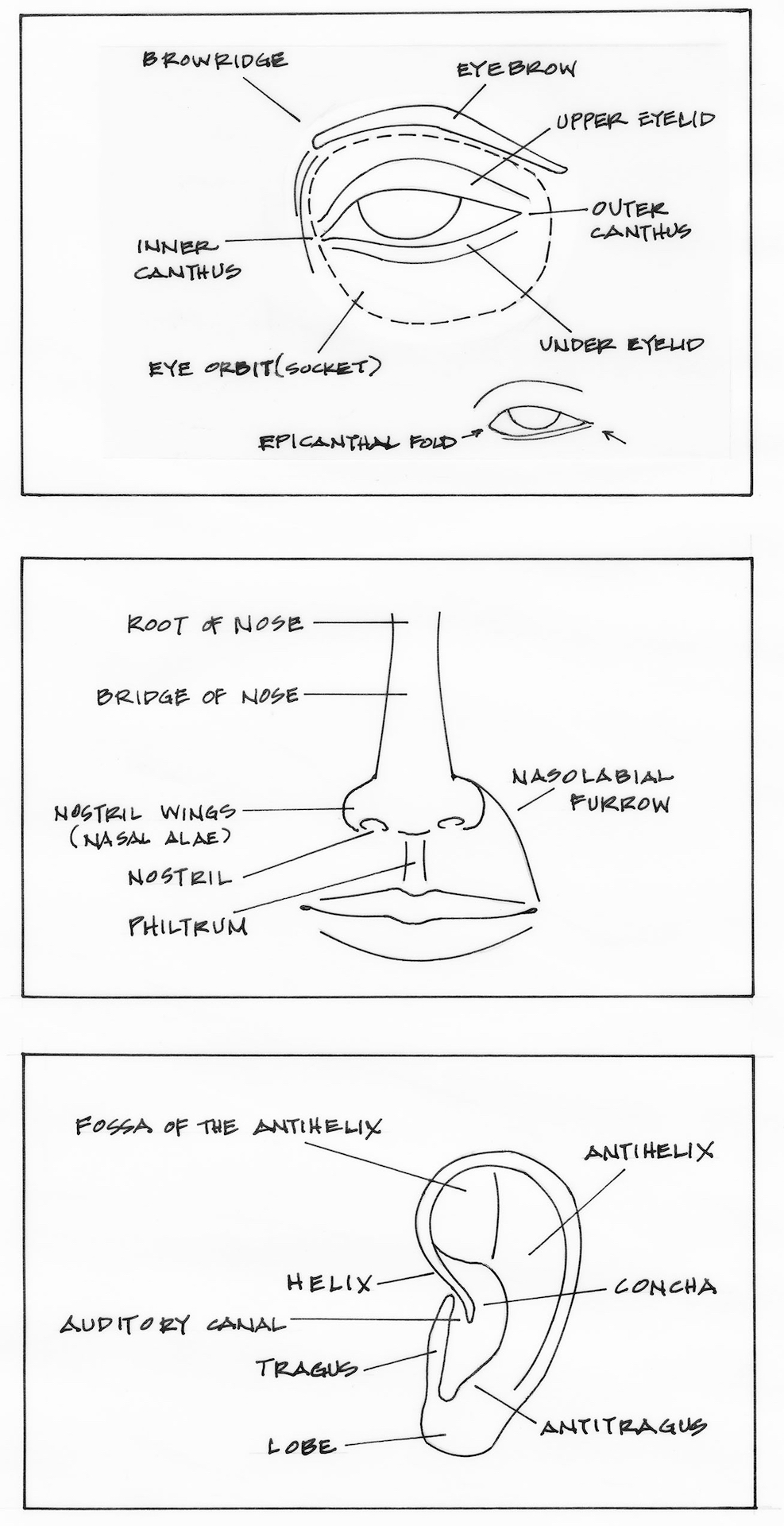Digital Epigraphy (Second Edition)
Chapter 2 – Drawing Conventions
Chapter 2, Section 6 - Additional Details and Restorations
Written by W. R. Johnson, M. De Jong, S. Osgood, and K. Vértes
Paint:
Painted details are rendered as dotted lines using a 6x0/.13 pen. Paint lines define actual edges of paint strokes or intentionally painted areas. Paint flecks or spots of any size remaining within a painted area after abrasion or erosion are not rendered. When a paint line and a carved line are in exact alignment, the carved line takes precedence and no paint line is rendered.
%20-%20Pre-%20and%20Post-conservation%20drawings%20by%20Osgood%20and%20V%C3%A9rtes.jpg)
MHB 17 (detail) - Pre- and Post-conservation drawings by Osgood and Vértes
Painted layout grid:

MHB 104 (detail) - Drawing by di Cerbo and Vértes
Modeling:
When a certain feature, such as an ankle or a navel, appears not as a carved line but as a sculptured area, it can be shown by modeling: that is, stippling with a trace weight (6x0/.13) pen. Modeling is used sparingly, usually on larger figures. This holds true in the case of Ptolemaic carving as well.
In some cases, particularly in the ambulatory at MHB, the long, vertical portion of the red crown has a beveled feature. Stippling can be used to render the three-dimensional portion.

MHB 180/181 (detail - left) - Drawing by De Jong and MHB 121 (detail - right) - Drawing by Johnson and Osgood
Graffiti
Pre-modern graffiti (up to 600 AD) can be included in the facsimile drawings of the wall decoration or may be recorded on separate plates, drawn digitally.
If the Field Director decides to include graffiti on the facsimile drawings, the following guidelines are used:
Carved graffiti are usually depicted for context in the facsimile drawing using a single trace weight line (6x0/.13). A separate graffito plate would be used to record the wall decoration in single lines and the graffiti in regular sun/shadow convention.
When included on graffiti plates, the following guidelines are used:
Ink graffiti, whether in red or black ink, are rendered in single sun weight lines (4x0/.18). Red ink is outlined and filled in grey. Black ink is outlined and filled in solid. Other colors may be filled in with another value of grey.
Painted graffiti are rendered in single sun weight lines (4x0/.18) and filled in black, similar to ink graffiti.
Carved graffiti may be rendered in trace weight or sun and shadow, as required for clarity and accuracy.
Note:
It is possible that a previously published graffito, which appears in a scene currently being recorded by the Survey, may be chosen for incorporation in the final production stage of the facsimile drawing. In this instance only enough of the graffito needs to be penciled for accurate alignment.
Additional information regarding graffiti is outlined in the document “The Chicago House Black Book” section 5.7 Graffiti.

MHB 92 (detail - left) - Drawing by Johnson and De Jong and MHB 106 (detail - right) - Drawing by Schenck and De Jong
Restorations:
Inscribed elements or parts of signs now lost but appearing in earlier Chicago House photographs are rendered in regular sun/shadow convention. The artist will add a note in ink recommending the use of the alternate photograph for reference during collation. This note will include the negative number.
(In previous Survey publications, restorations from earlier Chicago House photographs have been recorded in dashed lines.)
%20-%20Earlier%20photograph%2C%20recent%20photograph%2C%20and%20inked%20drawing%20Drawing%20by%20V%C3%A9rtes_1.jpg)
MHB 4s (detail) - Earlier photograph
%20-%20Earlier%20photograph%2C%20recent%20photograph%2C%20and%20inked%20drawing%20Drawing%20by%20V%C3%A9rtes_2.jpg)
MHB 4s (detail) - Recent Photograph
%20-%20Earlier%20photograph%2C%20recent%20photograph%2C%20and%20inked%20drawing%20Drawing%20by%20V%C3%A9rtes_3.jpg)
MHB 4s (detail) - Inked drawing - Inked by Vértes
Inscribed elements or parts of signs now lost and not appearing in earlier Chicago House photographs but appearing in other old photographs are rendered with a dashed line in regular sun/shadow convention.
Note:
Additional information is included in the document “The Chicago House Black Book” section 5.14.
Supplementary Illustrations:

Proper naming used by artists and epigraphers when referring eye, nose and ear parts on drawings
*All the explanatory drawings appearing in this article are drawn by W. R. Johnson and M. De Jong and the property of the Epigraphic Survey © All rights reserved.



0 comment(s)
Leave a comment(We'll keep your email address private)